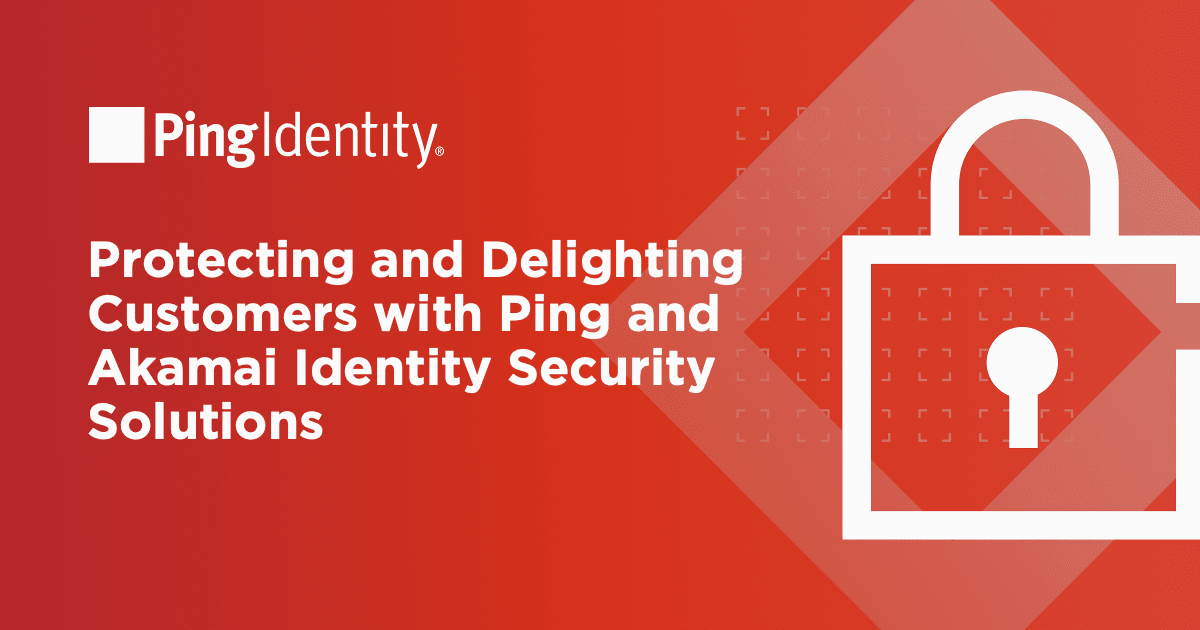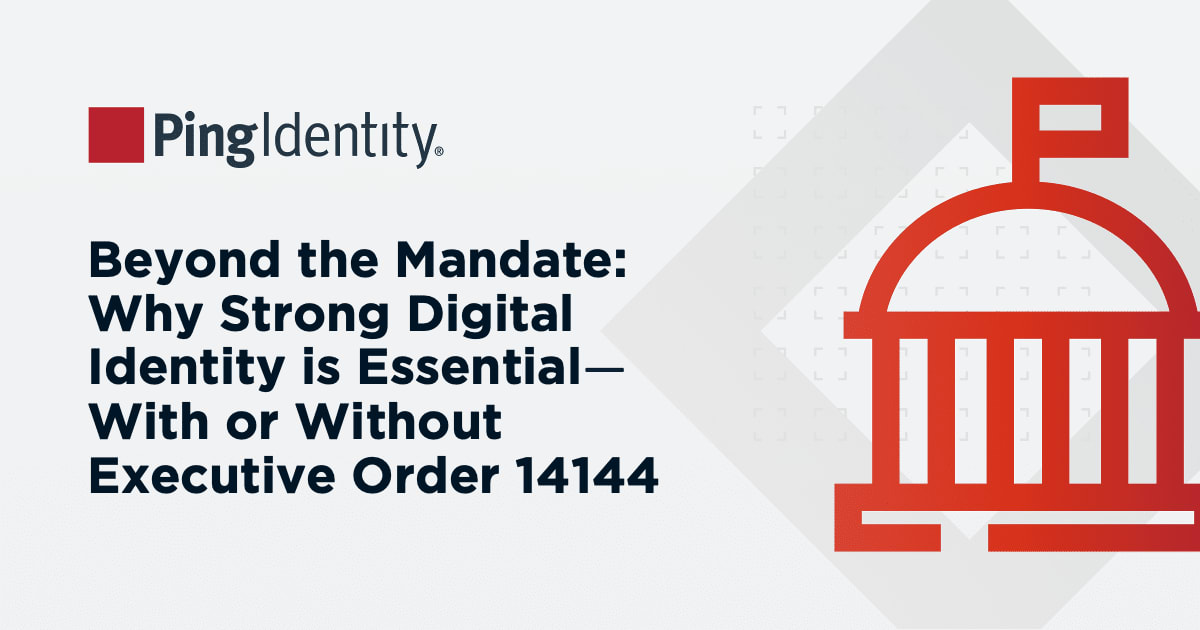With outdated centralized IAM systems still widely used today, how are you supposed to keep your data protected with AI-powered cyberattacks on the rise?
At Ping Identity, we believe that organizations need to protect user info, while users should also be empowered to protect themselves. Considering how rapidly things are escalating with AI, we recommend combining ITDR and DCI practices to keep data safe in this new paradigm.
Following a Zero Trust approach, ITDR helps your organization detect and respond to identity basedattacks. DCI improves security and privacy by reducing your organization’s reliance on centralized data systems. With this two-pronged approach, users control how their identity data is shared, while organizations reinforce users by constantly monitoring the IT environment.
Identity Threat Detection and Response (ITDR)
Since ITDR practices carefully monitor your IT network for suspicious and anomalous activity, they are a critical part of Zero Trust initiatives. As ITSecurity Wire explains, ITDR “is necessary to enforce extra areas of trust in addition to user identities to close the gaps in multi-cloud infrastructure. Any implicit or assumed trust across infrastructure and tech stacks has the potential to be eliminated by ITDR.”
While ITDR is an important element of Zero Trust, it is not sufficient to protect user data in today’s IT environment as a standalone solution. This notion is particularly true concerning massive centralized IAM storage practices. In fact, many people see ITDR as an indirect acknowledgment that large organizations must hold people’s data and credentials simply because it is incumbent upon them to do so.
When it comes to protecting data in the age of AI, ITDR falls short in keeping sensitive information secure. The simple fact is, if you have “detected” something, it means that you already have a problem on your hands. As such, it may be too late at that point to mitigate the risk of loss stemming from the attack. Unfortunately, the next step is usually clean-up.
Decentralized Identity (DCI)
Since ITDR is more of a reactive approach to IAM, it necessitates a complementary method to keep identity more secure. To fill this void, DCI improves security and privacy by reducing your organization’s reliance on centralized data systems. In turn, DCI is architected to limit how much identity information is collected and stored in the event of a breach of a centralized database.
With DCI, identity verification is predicated on providing a verified credential instead of offering up personal information that is stored in a centralized IAM database. These credentials are cryptographically verified to ensure the authenticity and integrity of a user. Not only does DCI give people the power to manage their own digital identities, but these credentials provide a secure and tamper-proof way for people to authenticate themselves.
With DCI offering a frontline defense in conjunction with ITDR practices, it becomes a lot harder for cybercriminals to successfully execute takeovers and fraud. Centralized IAM data stores increase the risk that large amounts of data will be compromised with an AI-powered cyberattack. With DCI, the attractiveness of a hack is massively reduced as a breach likely results in a single individual's records being compromised–as opposed to the sensitive data of millions of people.
Digital Wallets
Digital wallets are software applications that allow users to manage their own digital identity. Unlike traditional identity systems that store data in a centralized location, digital wallets give individuals control over their personal information–just like physical wallets. Specific contents of digital wallets include personal info, identity documents, login credentials, and biometric data.
The Verification Process
With verification, credentials are shared with a third party such as an employer or financial institution, and then cryptographically verified. The verification process ensures that the credential is authentic and has not been tampered with. Finally, the third party can then rely on the authenticity of the credential to make decisions about the individual's qualifications or identity.


